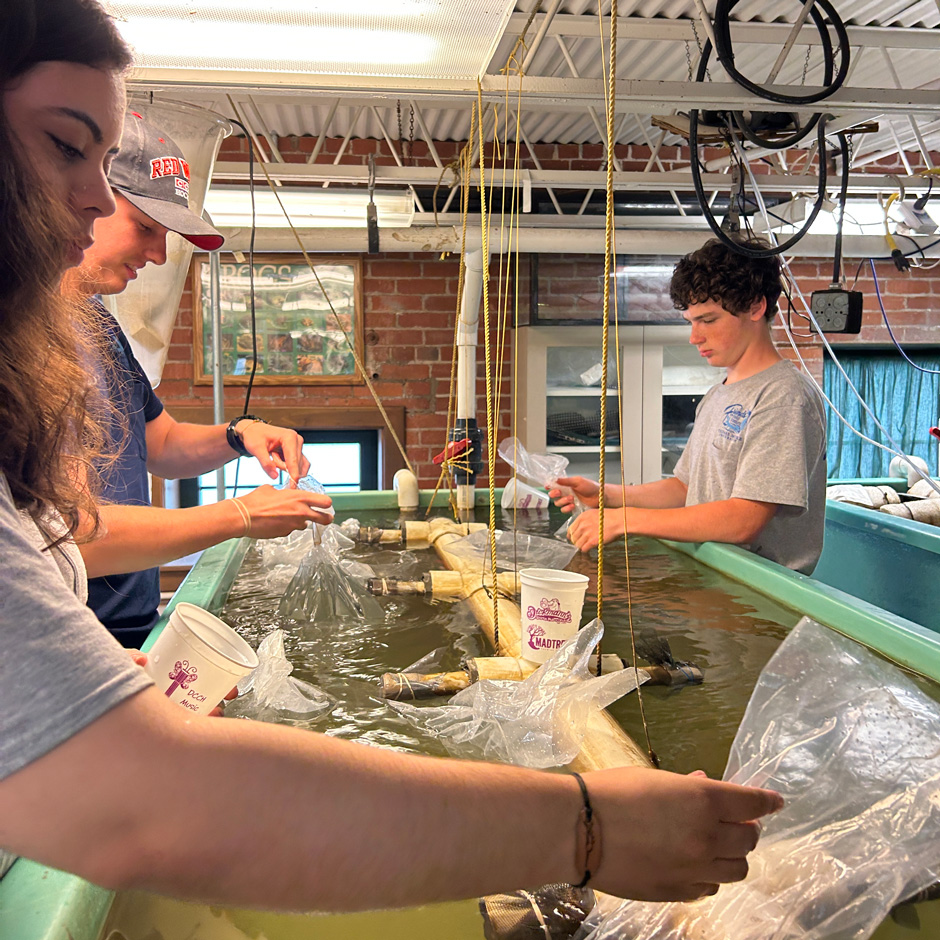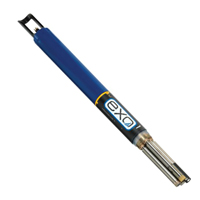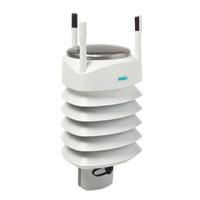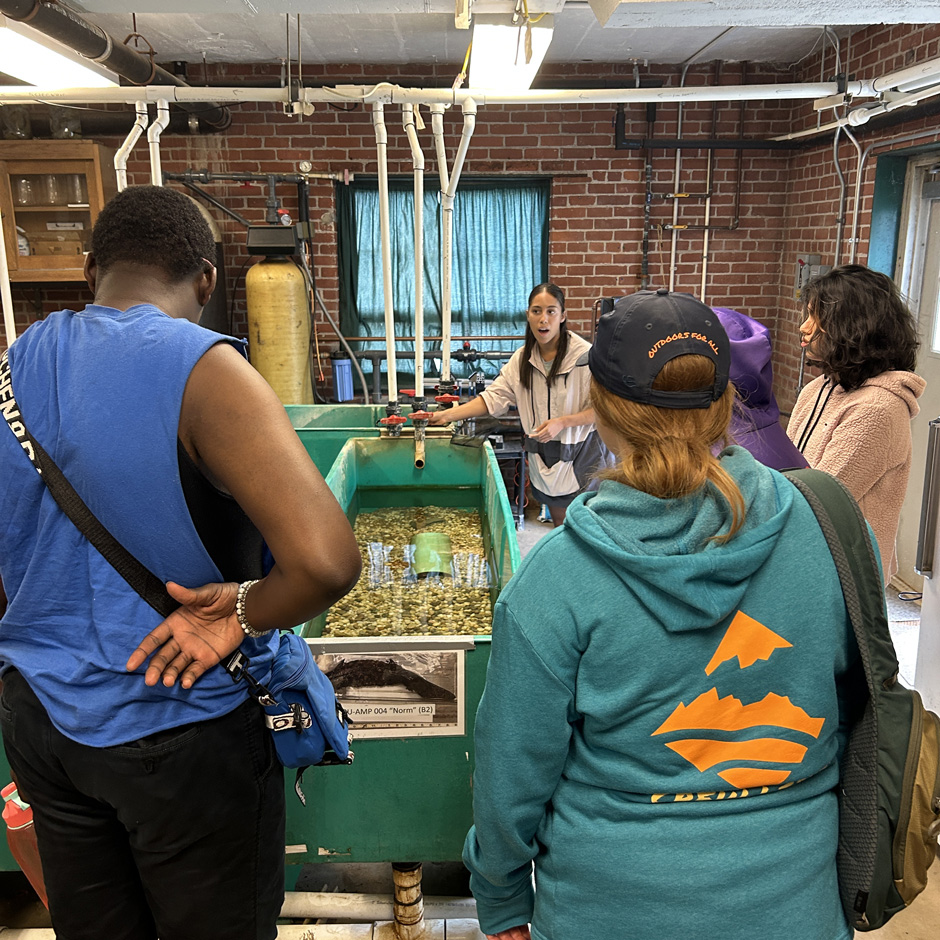 The Thomas More University Biology Field Station is managed by a team of students, faculty, and staff who facilitate ongoing assessment and source water monitoring programs. Molly Williams is the Station Manager and spends her days overseeing various research projects, internships, and outreach initiatives alongside the station’s Director, Chris Lorentz, PhD.
The Thomas More University Biology Field Station is managed by a team of students, faculty, and staff who facilitate ongoing assessment and source water monitoring programs. Molly Williams is the Station Manager and spends her days overseeing various research projects, internships, and outreach initiatives alongside the station’s Director, Chris Lorentz, PhD.
The work of the Field Station is divided into four primary areas:
- Research:
- Conservation of aquatic species, particularly threatened and endangered species
- Bioassessments of aquatic ecosystems
- Source water protection
- Education: Developing the next generation of scientists through college courses and co-curricular experiences
- Outreach: Offering STEM programs for K-12 schools and the general public
In terms of threatened and endangered species conservation, the Field Station works primarily with the Eastern hellbender and freshwater mussels. Since the mussel program has been particularly successful, the Field Station hopes to initiate a similar “Hellbender Head Start program” where it receives eggs or larvae from the wild and raises them to adulthood at which time they would be returned to the streams from where they originated.
Positioned just upstream of Cincinnati, the Station is in a strategic location to work with both the Greater Cincinnati Water Works and the Northern Kentucky Water District to monitor the water quality of the river above the intake for both utilities. Additionally, the Field Station assists with the Ohio River Valley Water Sanitation Commission’s (ORSANCO) source water protection program, namely the Organics Detection Spill Network.
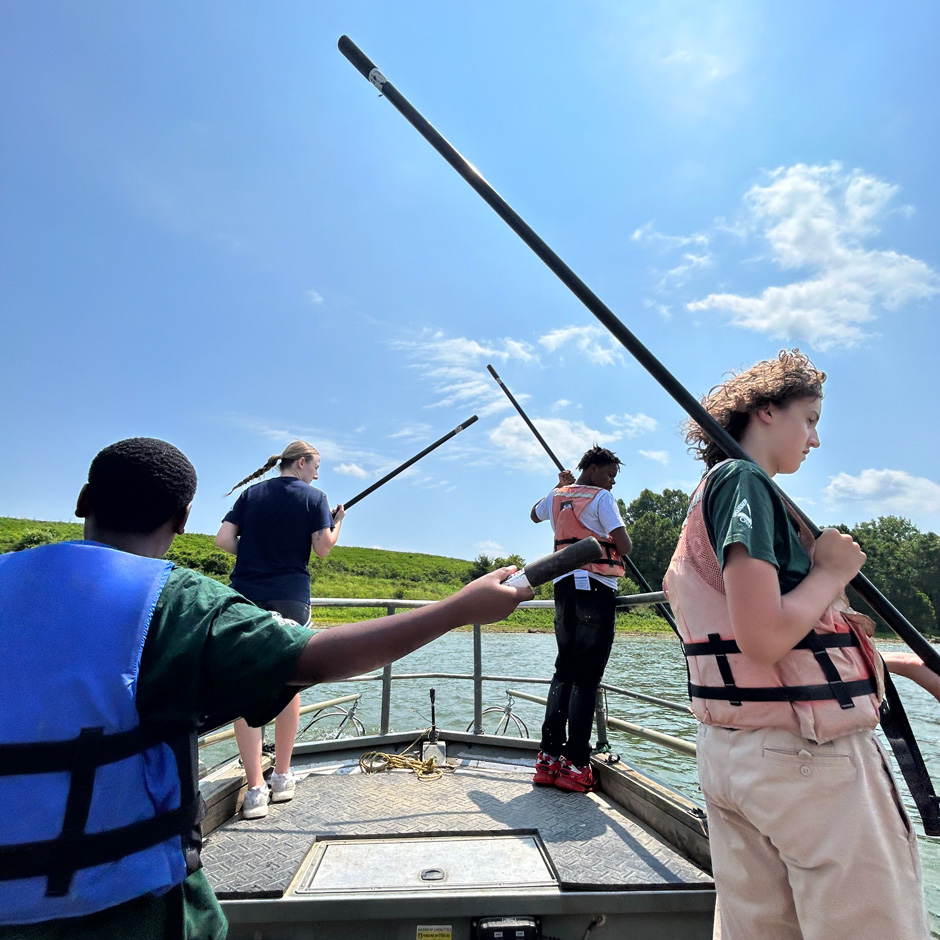 Thomas More houses and operates water quality monitoring equipment and communicates with its collaborators to better inform intake and treatment decisions for the region. The University also outsources student interns to assist in all operations of source water protection and conservation programs while gaining valuable experience in the environmental industry.
Thomas More houses and operates water quality monitoring equipment and communicates with its collaborators to better inform intake and treatment decisions for the region. The University also outsources student interns to assist in all operations of source water protection and conservation programs while gaining valuable experience in the environmental industry.
Finally, the Field Station’s Center for Ohio River Research and Education hosts programs and uses the collected data to build a better relationship with local schools and the public through outreach. The goal of the program is to make science—and more specifically—freshwater ecology, more accessible to the public and raise awareness for the importance of aquatic ecosystems.
Challenge: Source Water Monitoring Data Needs and Public Understanding
While every research and outreach program play important roles in advancing the Field Station’s mission and serving the broader community, meeting these goals can be difficult with unique challenges. In particular, the need for consistent, real-time water quality data coupled with monitoring land use impacts demand constant attention to ensure the efficiency of conservation and protection efforts. Additionally, a lack of public understanding surrounding the topics can influence many aspects of the work from funding to political and community support.
From a monitoring perspective, particularly in the source water work the Field Station oversees, there is a demand for 24/7 data. Such requirements can put a strain on monitoring equipment and the Field Station team trying to provide the data.
Land use can also make source water monitoring more challenging as chemical spills, combined sewer overflows, and nonpoint source runoff create hazards to source water use.
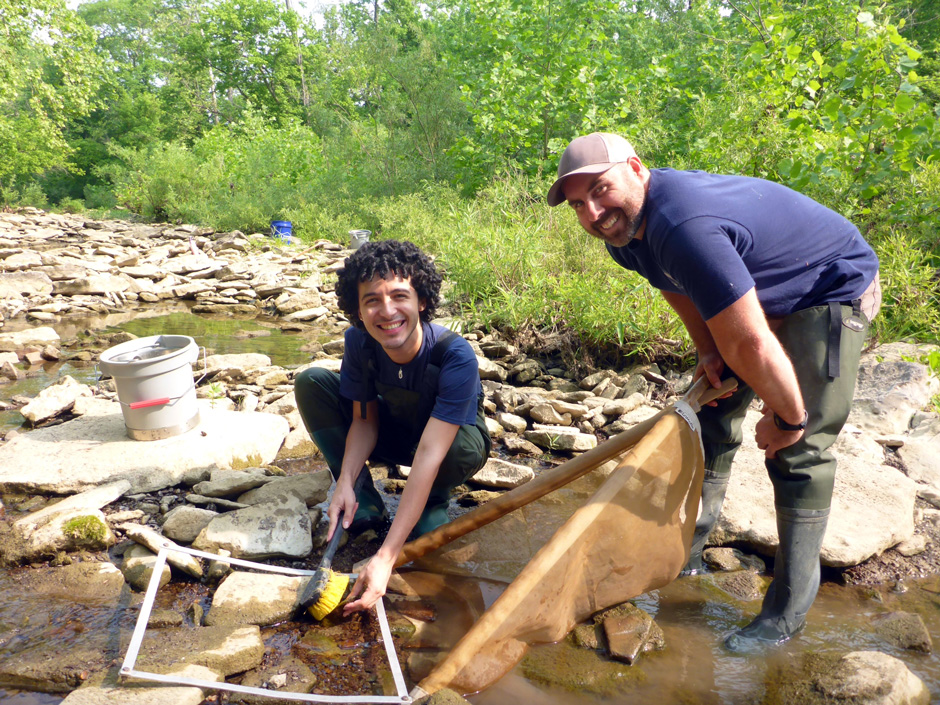 Williams explains, “Urbanization, fracking, and acid mine drainage always pose challenges to both source water protection from a human health perspective and also challenges to ecosystem health and our efforts to protect and conserve aquatic species.”
Williams explains, “Urbanization, fracking, and acid mine drainage always pose challenges to both source water protection from a human health perspective and also challenges to ecosystem health and our efforts to protect and conserve aquatic species.”
Solution: Real-Time Monitoring Equipment
It’s the responsibility of the Field Station staff to help meet each of these goals, and quality equipment is essential to meeting data needs. Using the collected data, outreach events are better supported, and the public has a better grasp of conditions and efforts. While a majority of the monitoring conducted by the Field Station uses real-time equipment, discrete sampling methods are also used.
The real-time systems are used primarily to monitor water quality for their conservation work and ORSANCO’s source water protection program. Two YSI sondes are deployed, one in the tanks where the Field Station conducts mussel-fish host research, and the other is used to monitor drinking water.
A multiparameter weather station simultaneously collects meteorological data that can be paired with water quality data to observe trends that influence water quality conditions.
Benefits: Rebuilding Trust in Science
The sondes gather conductivity, pH, temperature, and dissolved oxygen data, which is then available to the team remotely through WQData LIVE. Online visibility allows easy data comparison and immediate real-time access, which is particularly important for the source water sonde since resource managers rely on the data to inform treatment plans in real-time.
Williams explains, “It helps the drinking water utility companies, especially because we’re located so strategically, just upstream of Cincinnati and directly on the river. [The instruments make] their sampling significantly easier by deploying a probe at our site that’s constantly monitoring Ohio River water.” She continues, “It is also just helpful to know that we have that data at our fingertips anytime we need it.”
Playing a role in source water protection and other environmental initiatives also helps build a better relationship with the public—something that the Field Station has always prioritized but has become more challenging in recent years.
“Since COVID, the public’s trust in science and scientists has decreased significantly. So, in our outreach programs both for K-12 students and the general public, we emphasize the importance of science to the community as we aim to improve scientific literacy,” elaborates Williams.
The Bottom Line
The Field Station has built bridges between the scientific community and the public. Beyond the benefits the public enjoys due to the various initiatives hosted by the Field Station, the facility also provides opportunities to the next generation of scientists. Additionally, the Field Station works with local agencies and groups to better protect the environment and build partnerships for collaboration.
“Due to constant collaboration with our diverse community partners, the capacity and potential of the Field Station is much greater. It has been incredible to see how many different organizations are so passionately working to protect the Ohio River, its watershed, its tributaries, and the species that are native to our region,” states Williams.
Whether it is collaborating with local agencies or educating the community, data and scientific knowledge are the foundations of those connections.
Equipment
The YSI EXO represents the next generation of water quality instruments from YSI. The EXO1 sonde includes four sensor ports with internal data logging and battery power.
The Vaisala WXT536 Multi-Parameter Weather Sensor simultaneously measures air temperature, humidity, pressure, rainfall and wind in a compact platform with optional heating.
WQData LIVE is a web-based project management service that allows users 24/7 instant access to data collected from remote telemetry systems.

